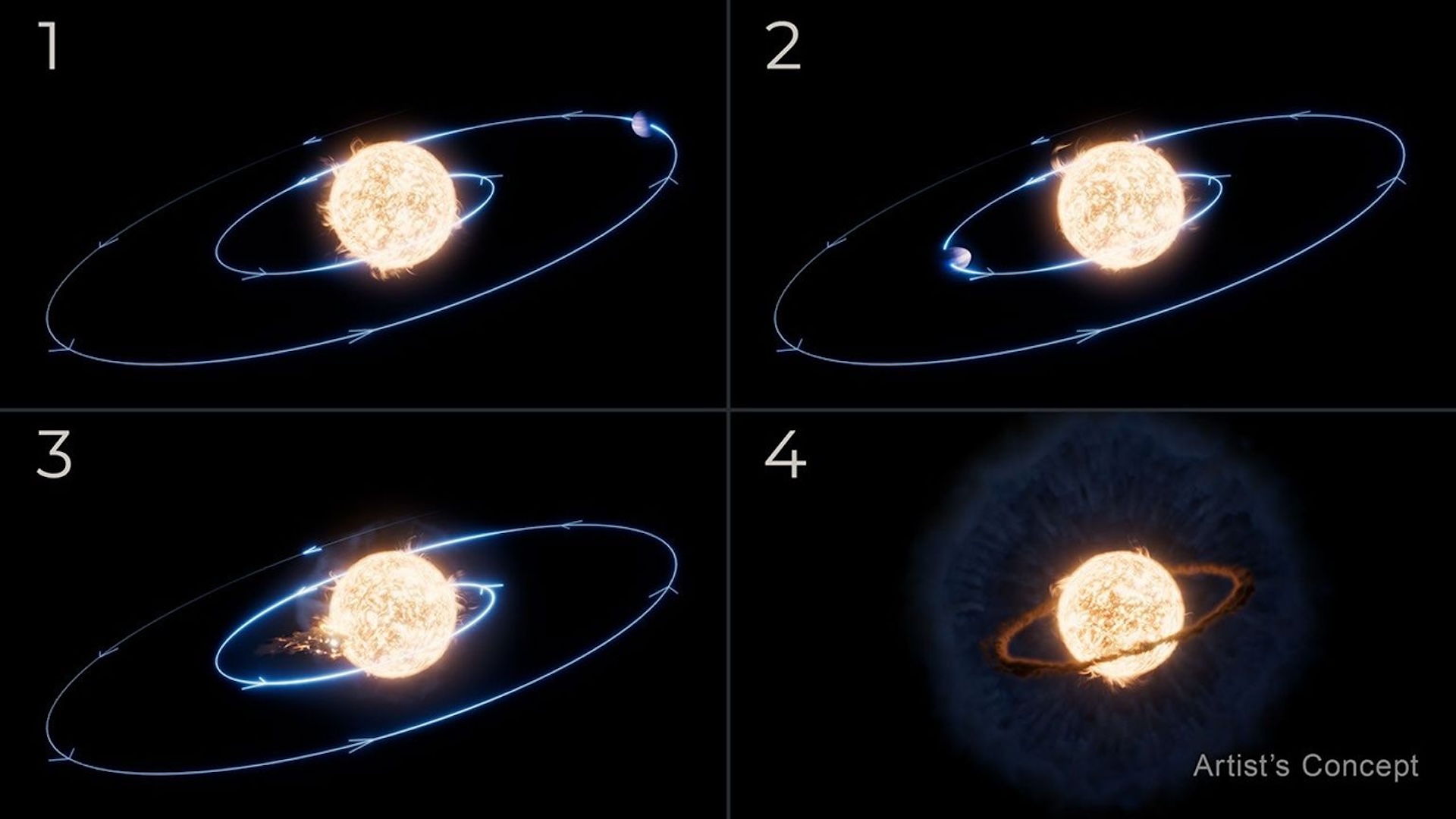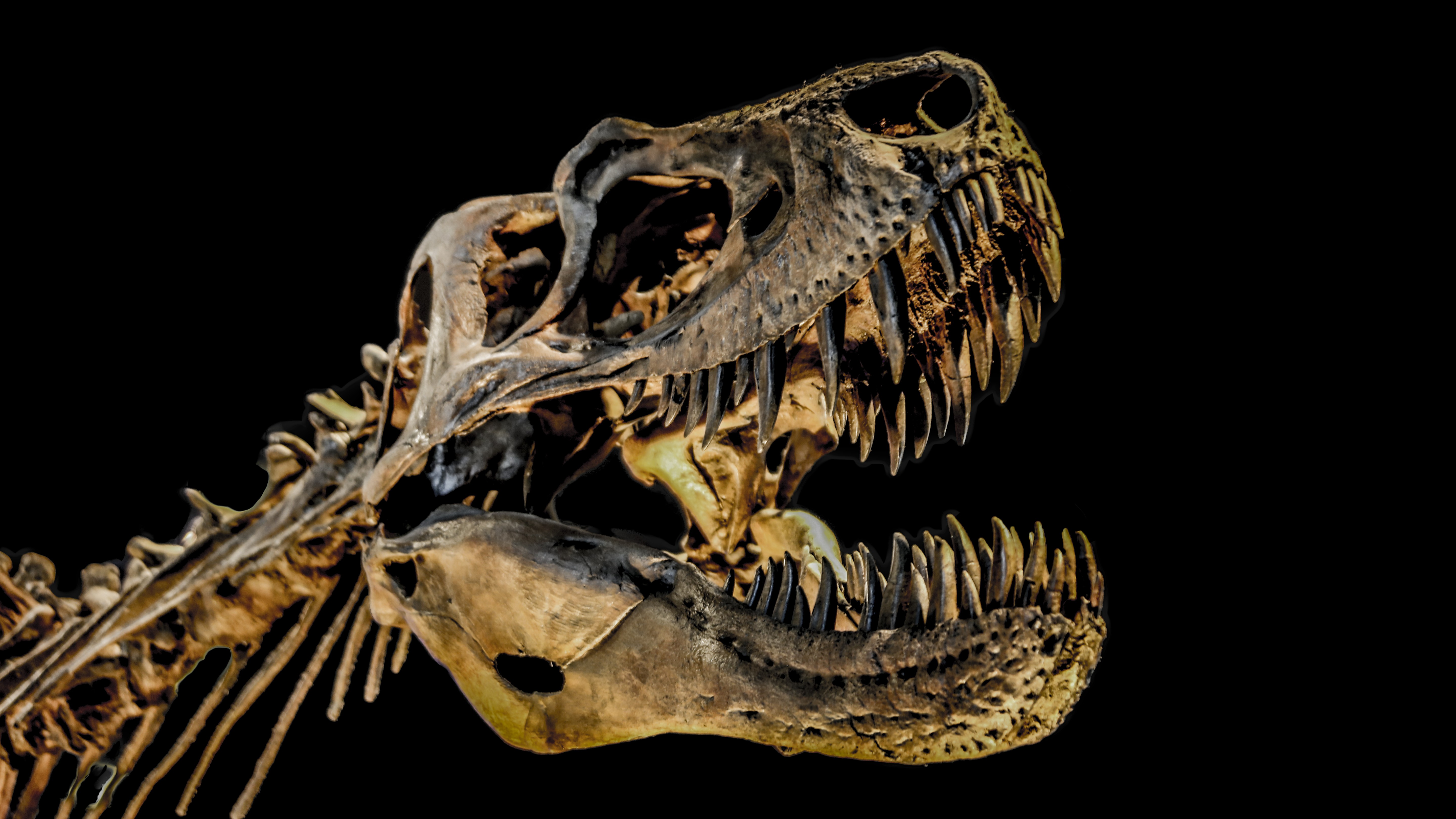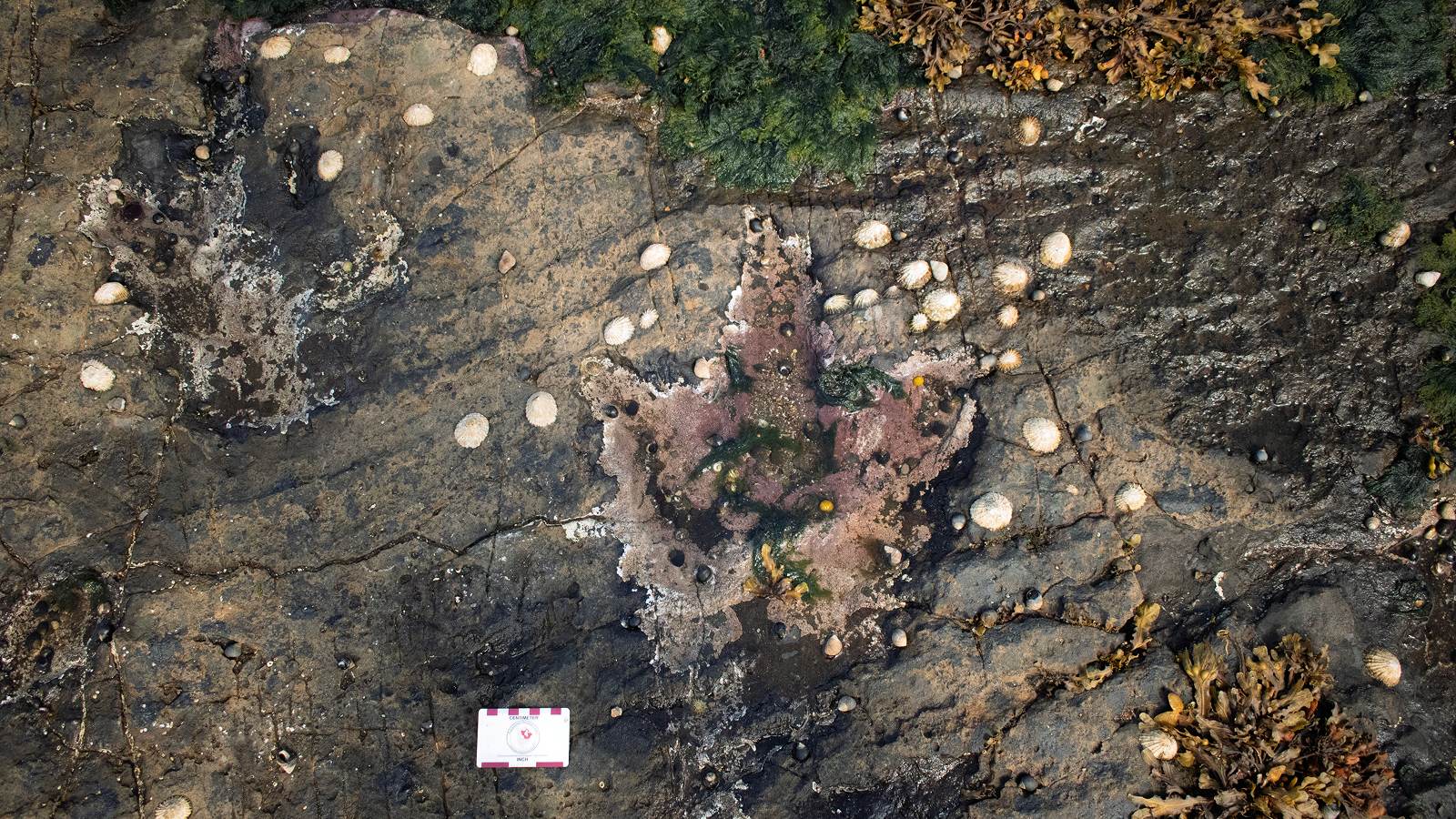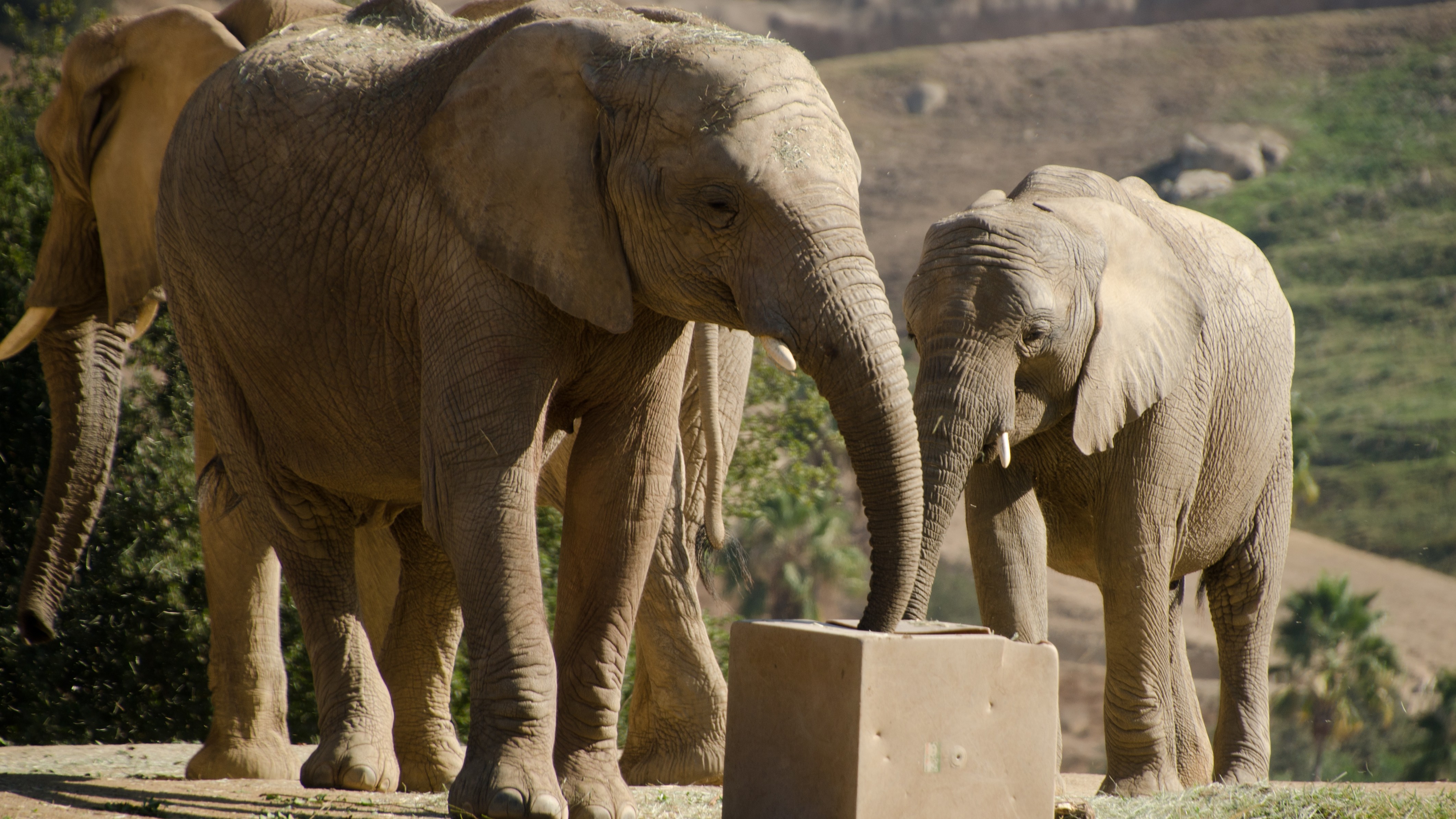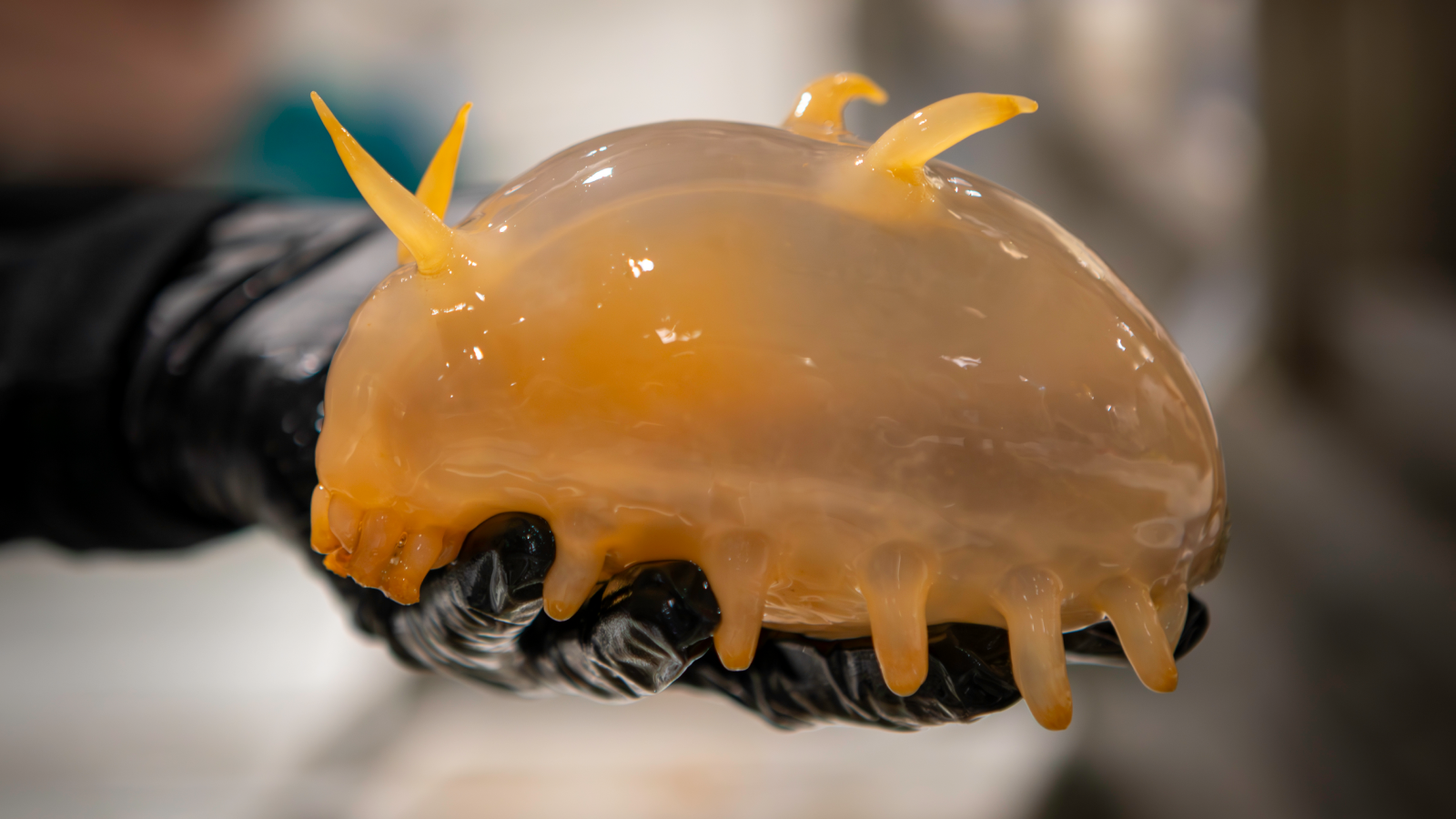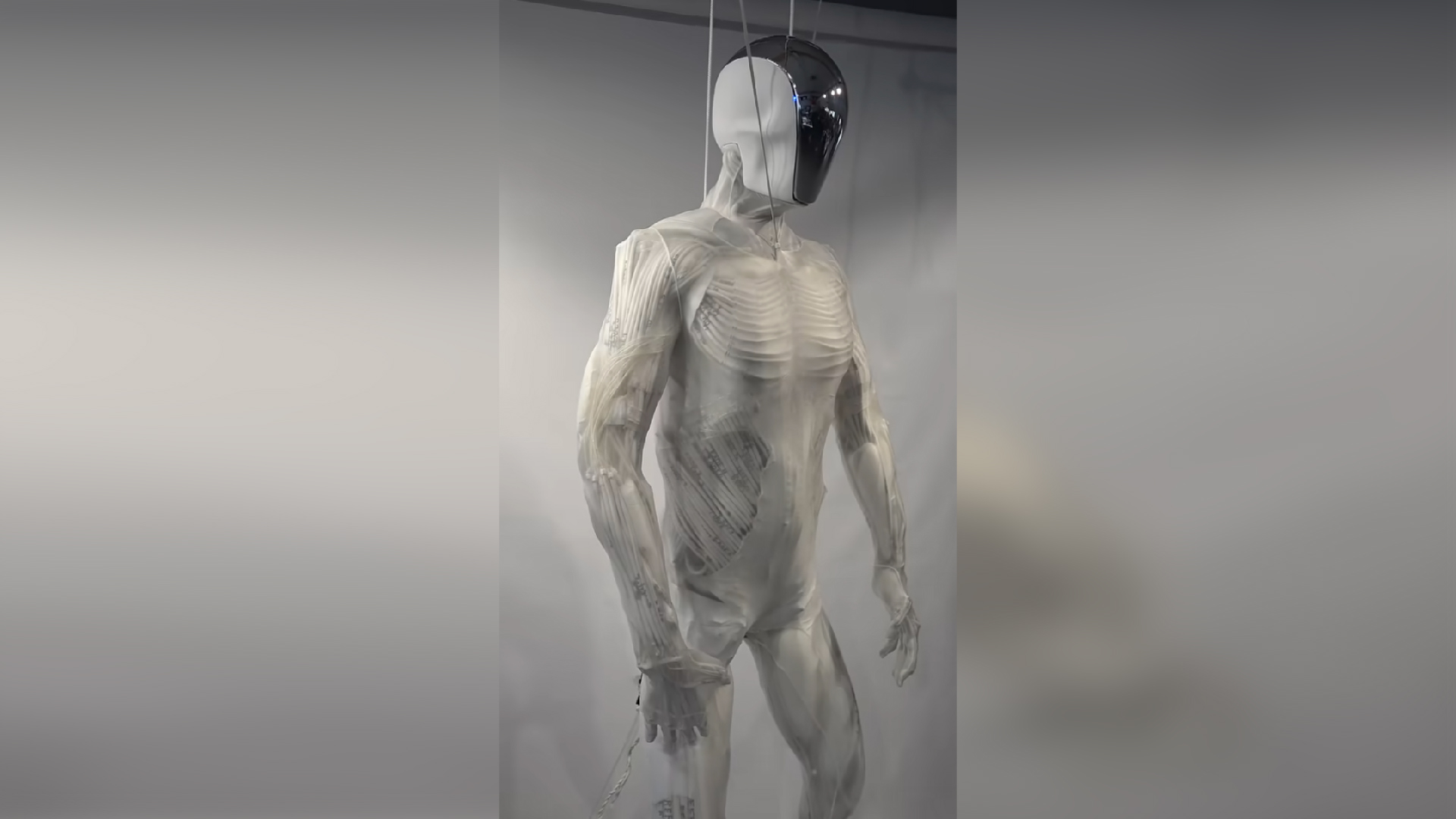Iceland volcano: Situation in Grindavík has 'become very bleak' following new eruption
A volcano on Iceland's Reykjanes Peninsula erupted on Sunday, cracking open fissures that are extending toward Grindavík and threatening to drown the town in lava flows.
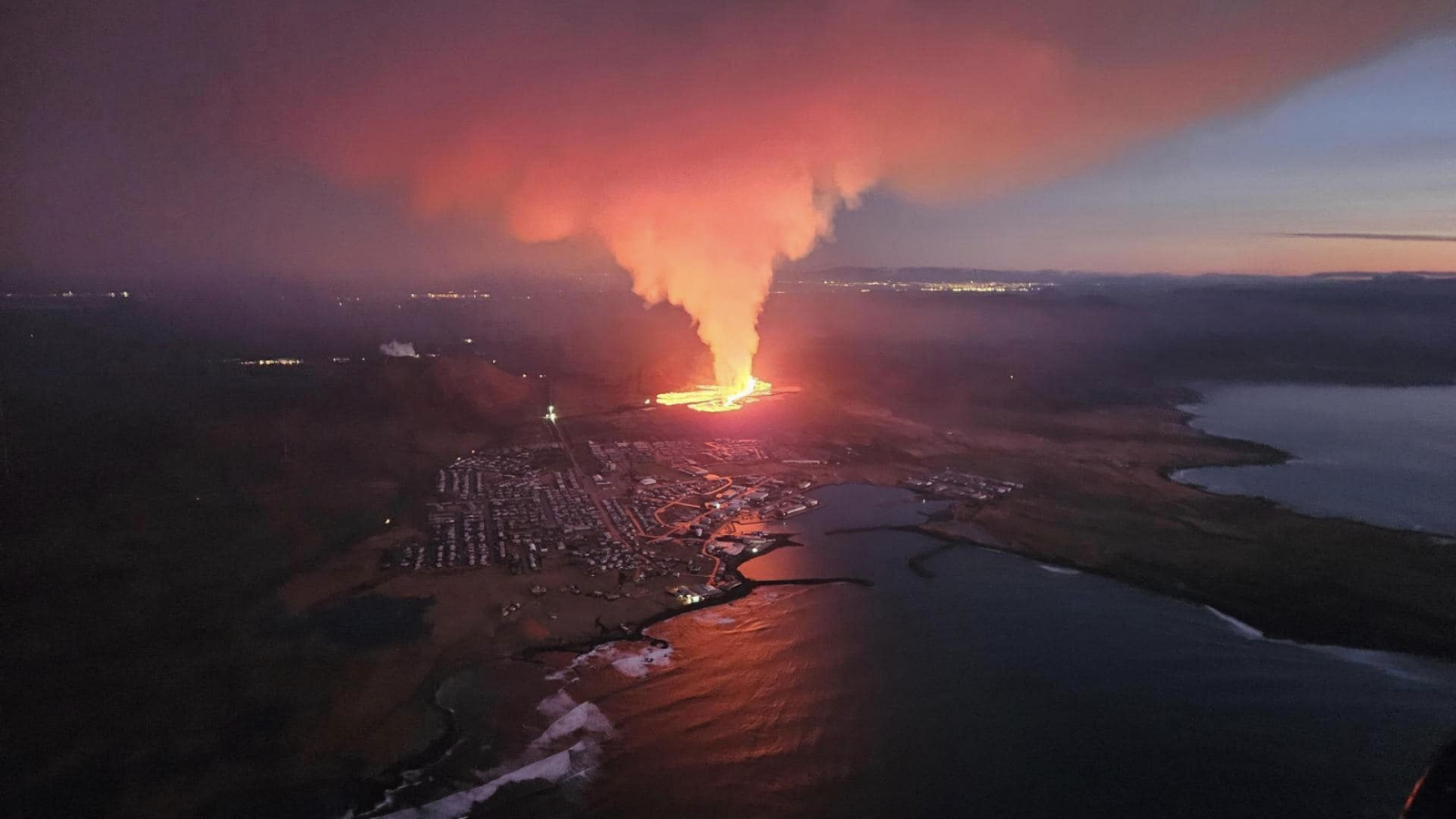
A volcano on Iceland's Reykjanes Peninsula has resumed erupting after a four-week hiatus, with new fissures opening near the town of Grindavík, the Icelandic Met Office (IMO) announced Sunday (Jan. 14).
The eruption followed an intense series of earthquakes that began around 3:00 a.m. local time in the Sundhnúksgígar area and migrated southwest toward Grindavík. The seismic swarm caused a lava-spewing fissure to open around 8 a.m. to the southeast of the Hagafell mountain, spreading to within just 3,000 feet (900 meters) of the town.
Around midday, a new eruptive fissure opened just north of Grindavík. "Lava flows extruded from this fissure have now entered the town," IMO representatives wrote in a statement.
Seismicity and ground deformation data indicate a magma dike running down the Reykjanes Peninsula has reached beneath Grindavík. Magma flowing into the dike may have "reactivated" existing faults and fractures in Earth's crust, and likely opened brand new fissures, the statement said.
More fissures could open in the coming days as magma continues to feed the dike, experts told the Iceland Monitor.
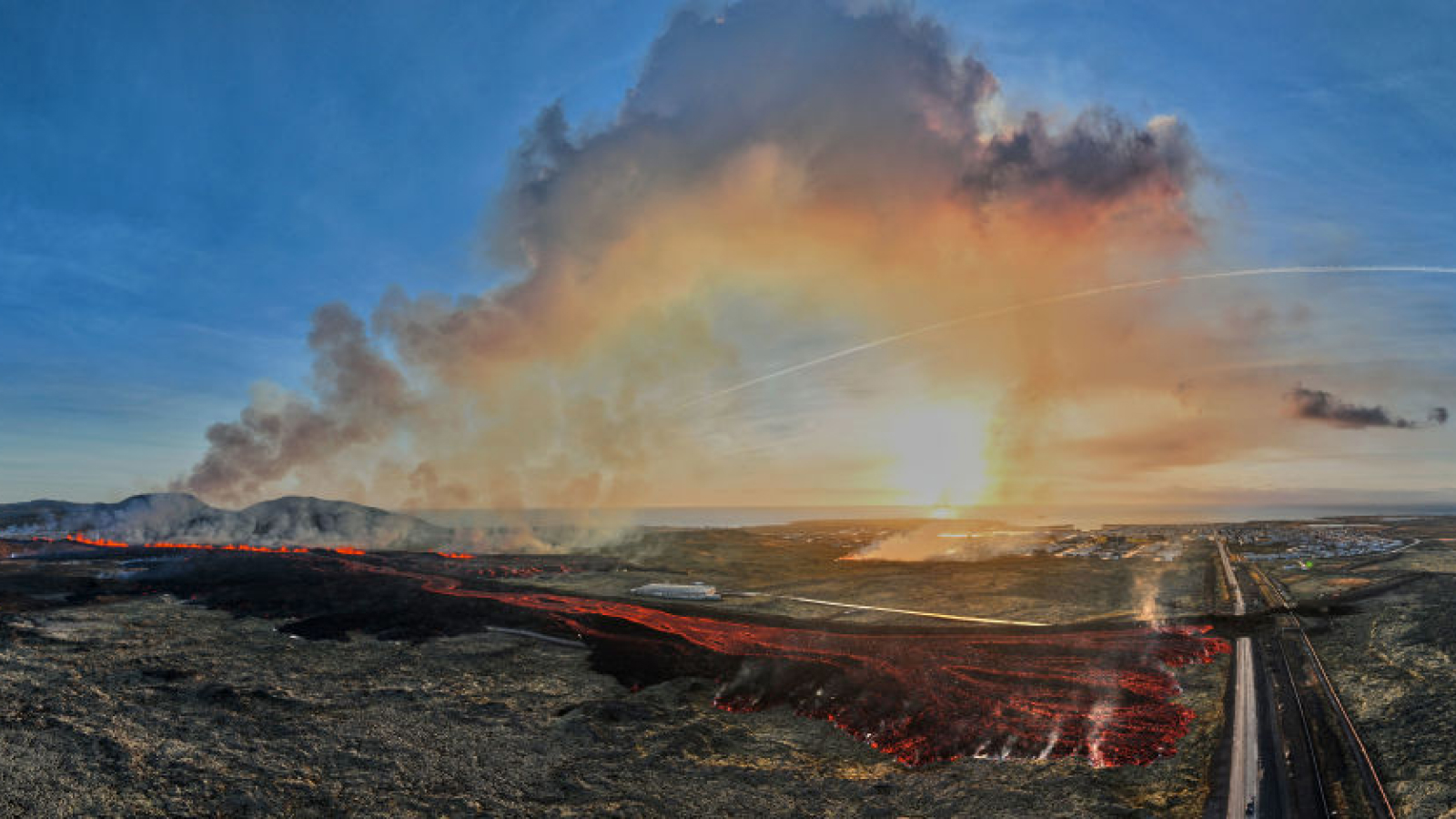
Þorvaldur Þórðarson, a professor of volcanology and petrology at the Icelandic University, told the Iceland Monitor that eruptive activity has shifted from the upper fissure to creep closer to Grindavík, foreshadowing two possible scenarios.
Sign up for the Live Science daily newsletter now
Get the world’s most fascinating discoveries delivered straight to your inbox.
"One [scenario] is that if the shift is made, then the activity will continue in the lower fissure," he said. If this is the case, and the eruption continues, lava "will continue to flow towards the town. "The other scenario, which is even worse, is that this is an addition to what is happening in the upper fissure," he said. "This increases the eruption."
It's looking likely that magma will push into the dike and extend it further down the peninsula, Þórðarson said. "It seems to me that the fissure is always getting longer," he said. "The situation has unfortunately become very bleak for Grindavík."
Below are images of the eruption so far, showing lava flows creeping towards evacuated houses in Grindavík.
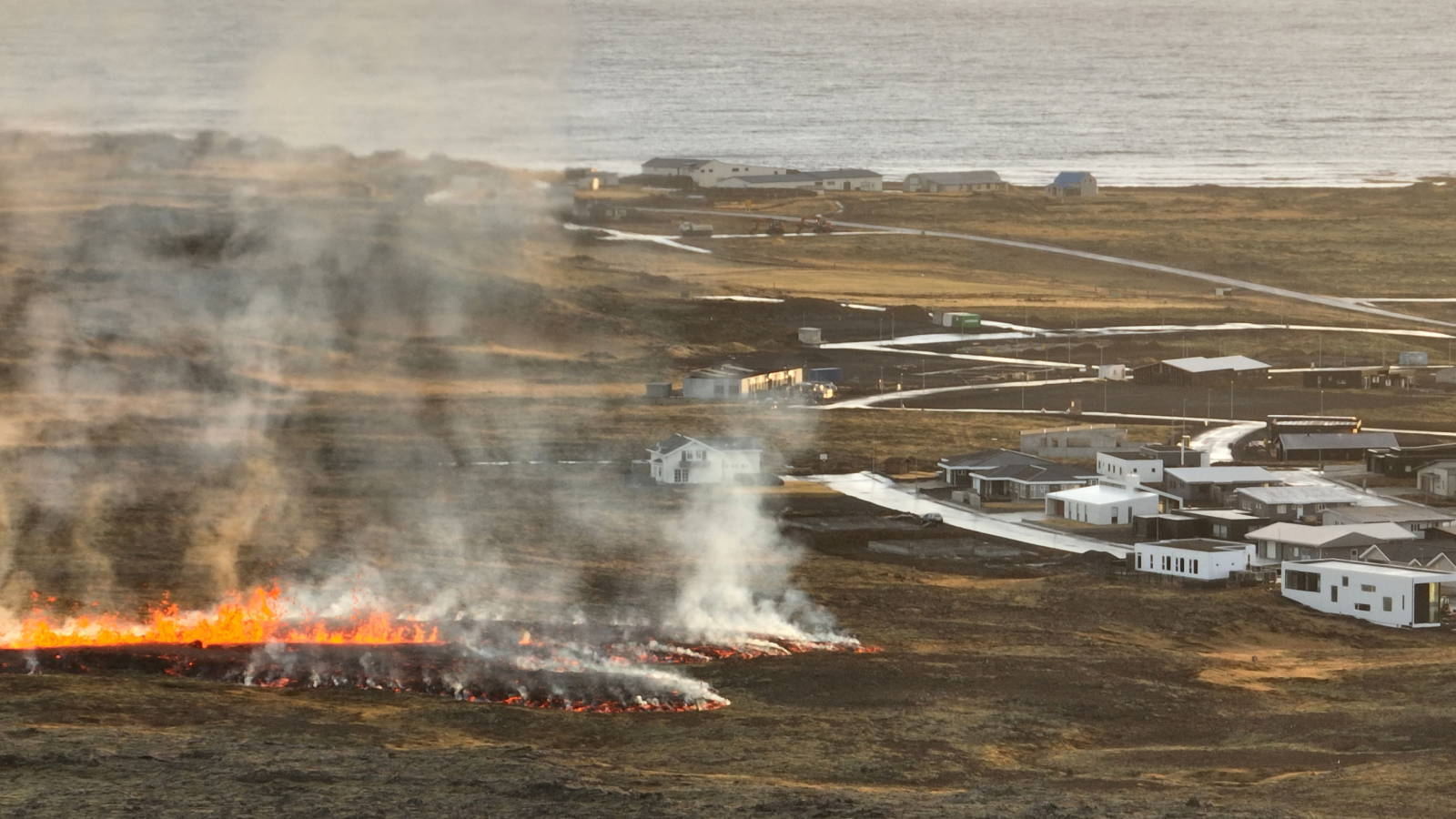
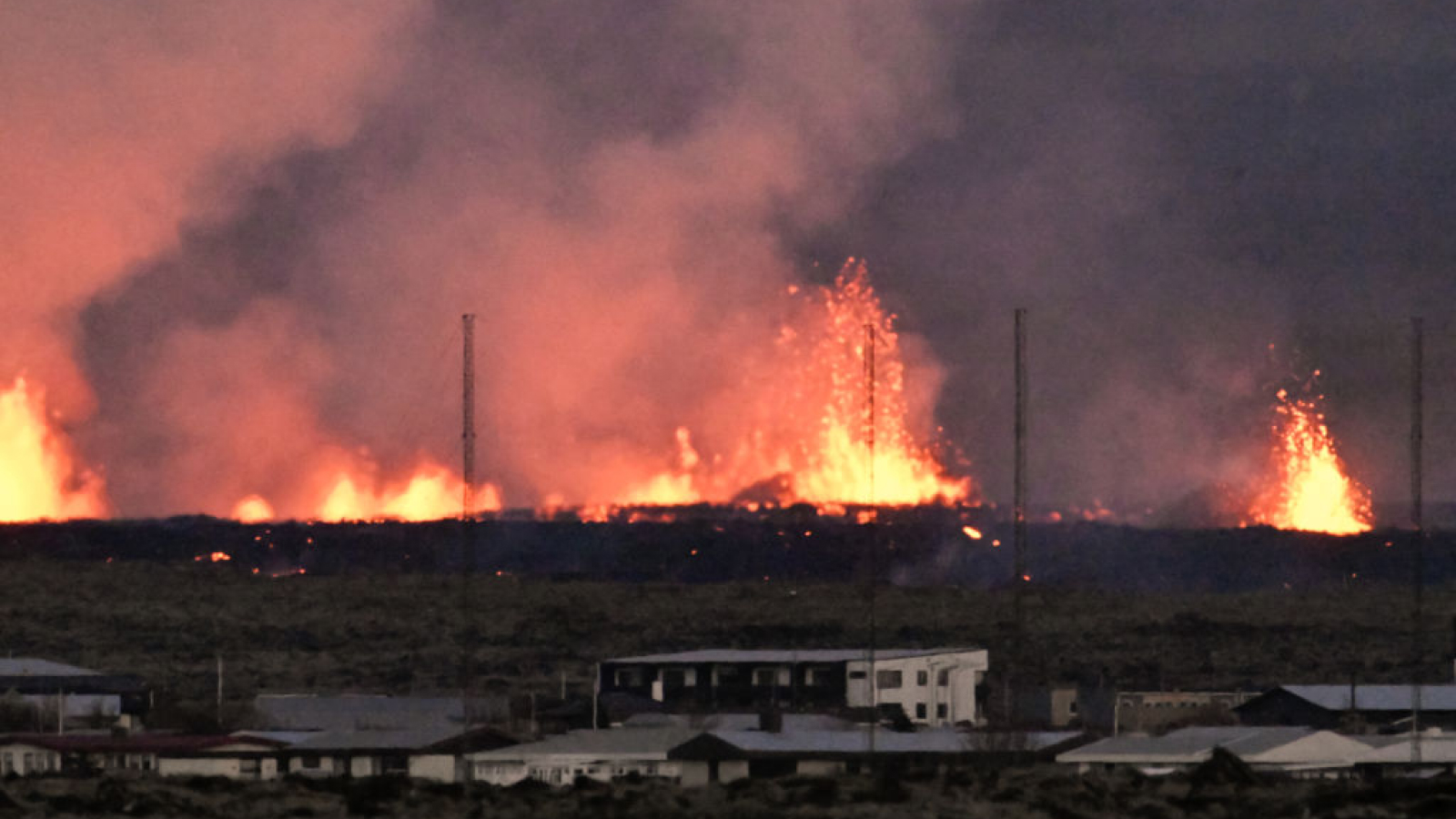
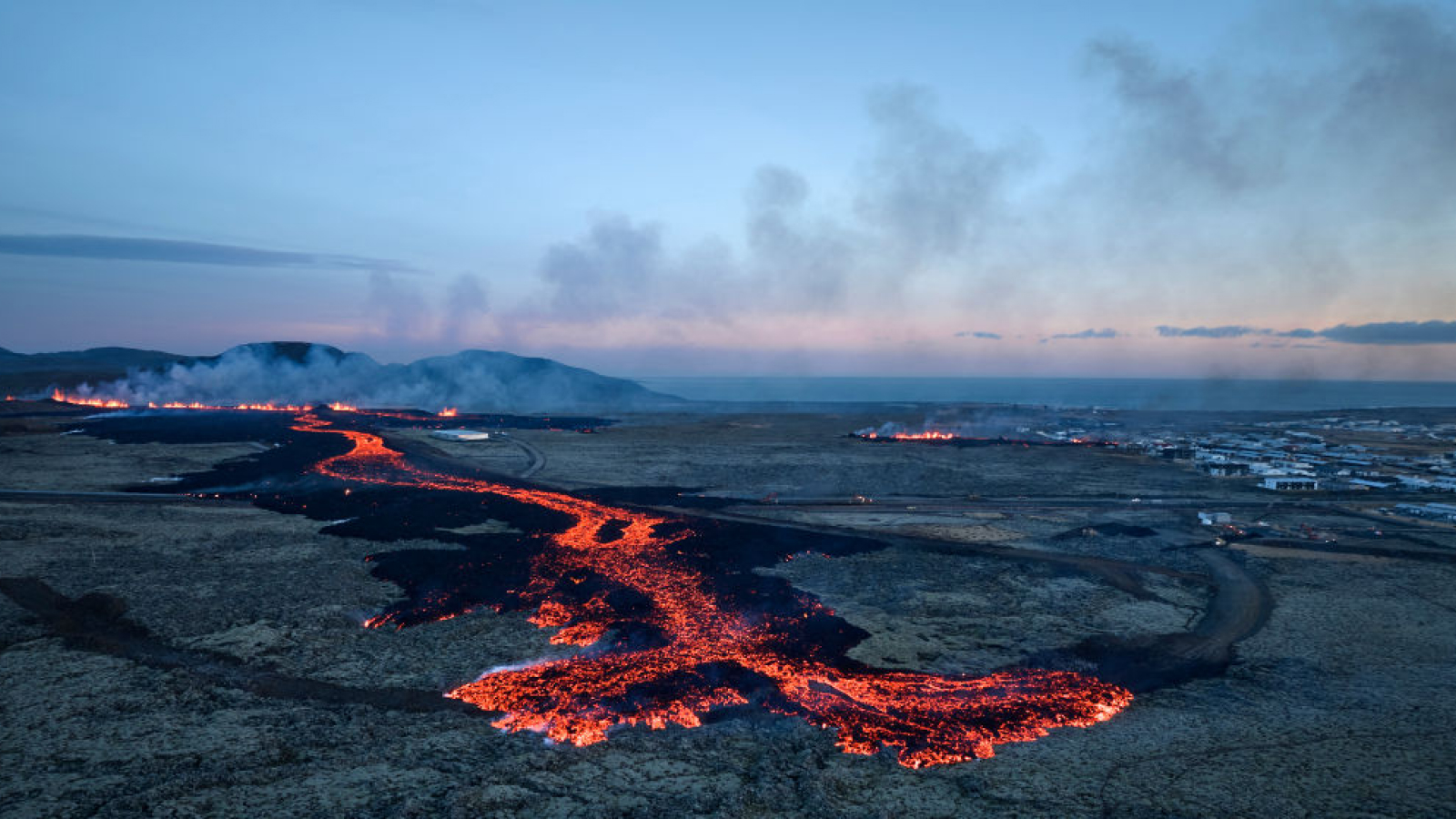
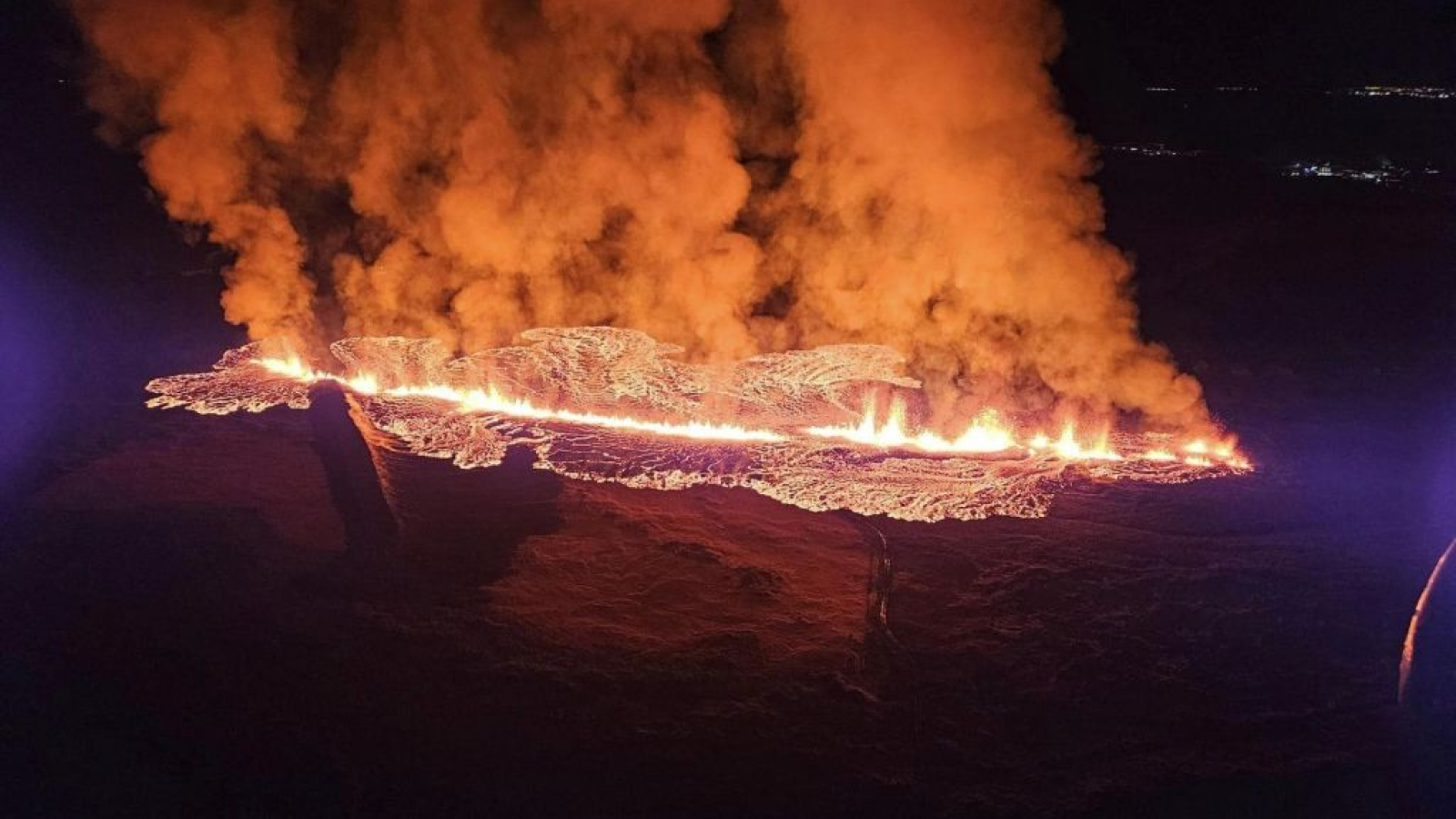



Sascha is a U.K.-based staff writer at Live Science. She holds a bachelor’s degree in biology from the University of Southampton in England and a master’s degree in science communication from Imperial College London. Her work has appeared in The Guardian and the health website Zoe. Besides writing, she enjoys playing tennis, bread-making and browsing second-hand shops for hidden gems.
